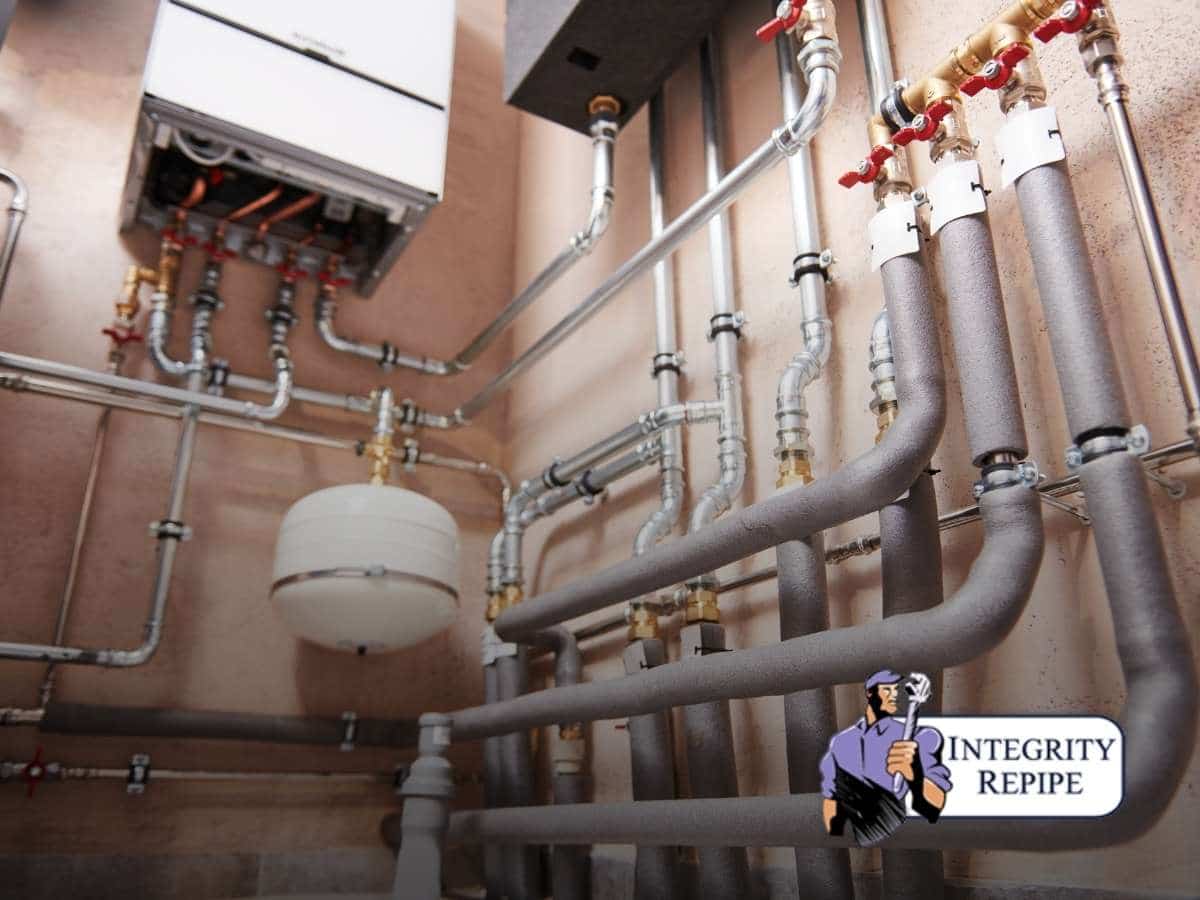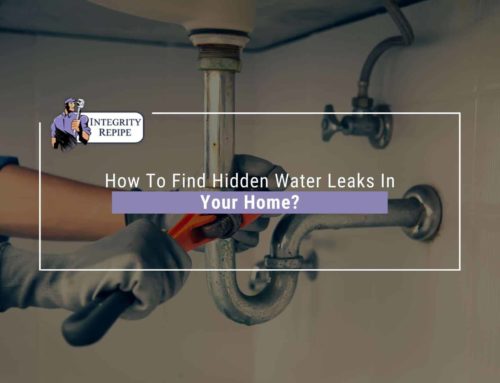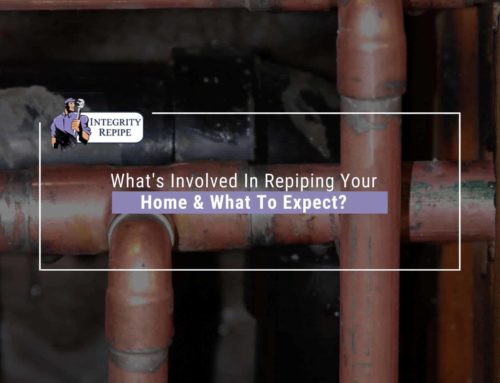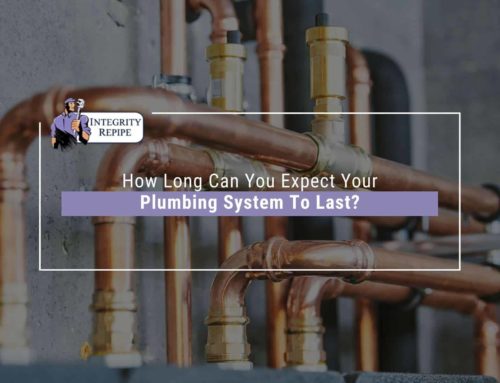Factors To Ensure Your Plumbing System Works Efficiently
Installing new plumbing is a major step in upgrading your home, whether it’s a remodel or new construction. Proper planning ensures your system works efficiently, meets code requirements, and saves you from future headaches. Before calling in a repiping company, here are 7 important factors to consider!
1. Check The Condition Of The Main Sewer Line
Your home’s main sewer line is the backbone of your plumbing system, and if it’s compromised, everything else can be at risk. Before any work begins, a professional sewer camera inspection can help detect unseen problems underground.
Issues like root intrusion or pipe sagging often go unnoticed until they cause serious backups. Even if there are no symptoms right now, getting ahead of potential problems could save you from massive repairs down the line.
2. Factor In Regional Climate Conditions
The climate where you live plays a crucial role in how your plumbing system performs and ages. In California, temperatures can vary widely depending on the region, but one thing is clear: the intense heat, especially during the early summer months, has been breaking records in recent years.
According to the Los Angeles Times, June 2024 saw some of the highest temperatures ever recorded in parts of the state, and this heat can take a toll on your plumbing.
High temperatures can cause pipes, especially those exposed outdoors or in unconditioned spaces, to expand and contract frequently. Additionally, excessive heat can degrade pipe materials faster, reducing their lifespan and increasing maintenance costs.
If you’re planning a repipe in California, it’s essential to account for the effects of this climate from the start. To protect your plumbing from scorching heat, consider these measures:
- Avoid exposing pipes to direct sunlight, which accelerates wear and can increase water temperature inside the pipes, potentially affecting your water quality.
- Seal crawl spaces and unheated areas to minimize temperature fluctuations and keep pipes shielded from extreme heat.
- Use insulation sleeves or foam wraps on vulnerable pipe sections, especially those running through attics or exterior walls.
- Plan for thermal expansion by including expansion joints or loops in your plumbing design to accommodate temperature changes.
Taking your regional climate into account during installation helps ensure your new plumbing system remains durable and efficient year-round, even during California’s hottest months.
3. Evaluate The Age & Efficiency Of Your Water Heater
A new plumbing system should be matched with a water heater that can support it. If your current unit is over a decade old, it may be struggling with efficiency or reliability.
Consider whether it provides consistent temperature, if your energy bills are unusually high, or if you’ve noticed discoloration in your hot water. These can all point to a failing system. Before upgrading your pipes, make sure your water heater isn’t the weak link.
4. Inspect Toilets For Leaks Or Movement
Toilets may seem solid, but they can silently cause damage if they’re not properly sealed or seated. Here’s what to check:
- Movement when you sit or shift your weight.
- Water collecting around the base.
- Constant running or phantom flushing.
- Cracks in the porcelain or dark stains on the surrounding floor.If you’re investing in a repipe repair, it’s a smart time to replace or reseal problematic toilets to avoid future water damage.
5. Don’t Overlook Sinks, Faucets & Drains
Outdated or malfunctioning fixtures can waste water and hide deeper problems in your system. As you prepare for repiping, watch for signs like:
- Discolored or rusty water.
- Mineral deposits around faucets.
- Poor drainage or slow draining sinks.
- Low hot water flow.
Addressing these issues now can significantly improve the efficiency of your new plumbing layout.
6. Test Water Pressure Throughout The House
Good water pressure is a sign of a healthy plumbing system. If your showers feel weak or your appliances take too long to fill, it might indicate sediment buildup, leaking pipes, or poorly sized lines.
On the flip side, excessively high pressure can stress your fixtures and lead to premature failure. Testing your water pressure before repiping helps ensure your new system will perform the way you expect, without hidden issues.
7. Understand The Type Of Pipes You Have
Not all plumbing pipes perform the same, and knowing what’s inside your walls is key before starting any work. Many older homes in California still use pipe materials that are susceptible to corrosion, leaks, or even bursting over time. Having your contractor inspect and identify your current pipes can save you headaches later.
Here are the most common types you might find:
- Galvanized steel: Once popular for its strength, galvanized steel pipes tend to rust from the inside out, causing reduced water flow and eventual leaks.
- Copper: Known for durability and resistance to corrosion, copper pipes can last decades but are more expensive and require professional installation.
- PEX (cross-linked polyethylene): A modern, flexible material that’s easier to install and resistant to scale and chlorine, making it ideal for many repiping projects.
- PVC/CPVC: Commonly used for drain and cold-water lines, these plastic pipes are lightweight and resistant to chemical damage but aren’t typically used for hot water supply.
Knowing what materials are currently installed will help you plan the best approach for your plumbing upgrade!
Avoid These Common Plumbing Mistakes During Or After Installation
During or after installation, it’s easy to make errors that can end up costing you time and money. Avoid these frequent mistakes to ensure your new plumbing system works smoothly for years to come:
- Over-tightening connections: It might feel like you’re securing things better, but overtightening can strip threads or crack fittings, leading to leaks that are harder to fix than loose parts. Hand-tight is usually enough.
- Ignoring minor leaks: A small drip here or there might seem harmless, but over time it wastes gallons of water and drives up your utility bills. Plus, leaks can cause hidden damage to walls and floors.
- Flushing improper items: Toilets are designed to handle only waste and toilet paper. Flushing wipes, paper towels, or hygiene products can clog pipes and damage your system, resulting in costly repairs.
When planning your repipe or plumbing installation, working with an experienced repiping plumber that offers direct service and solid guarantees is your best defense against these common pitfalls.
How Planning Ahead Can Save You On Plumbing Installation Costs
Installing new plumbing is a long-term investment in your comfort, safety, and efficiency. Taking time to evaluate your current system, fixtures, and water usage helps avoid costly missteps.
Ready to upgrade your home’s plumbing? Integrity Repipe is here to help with over 30 years of experience, no subcontractors, and a lifetime warranty on labor and materials. Contact us today!






